Sustainable wellbeing and green living
Let's find ways to Flourish!
Where the wild horses run - Sable Island, Canada

Have you heard of Sable Island? There is a good chance you haven’t, as Sable Island National Park Reserve is a small Canadian island that is located 300 kilometers southeast of Halifax, Nova Scotia, on Canada’s east coast. Despite its small size, Sable Island has an interesting history, unique vegetation, and exciting wildlife, including a population of wild horses!
The history of Sable Island
Since the 1500s, there have been numerous attempts to settle on Sable Island by various colonists and adventurers from Portugal, Basque, France, Spain, England, and New England. These attempts at settlement only lasted a few years or less, as the location of the island made settlement quite difficult.
Sable Island is known for the large number of shipwrecks that occurred as a result of the island’s sand bars. It has been estimated that 350 vessels have met their fate at this location as a result of its low visibility, treacherous currents, and the fact that it was located in...
Start a new family tradition with the Christmas Bird Count!
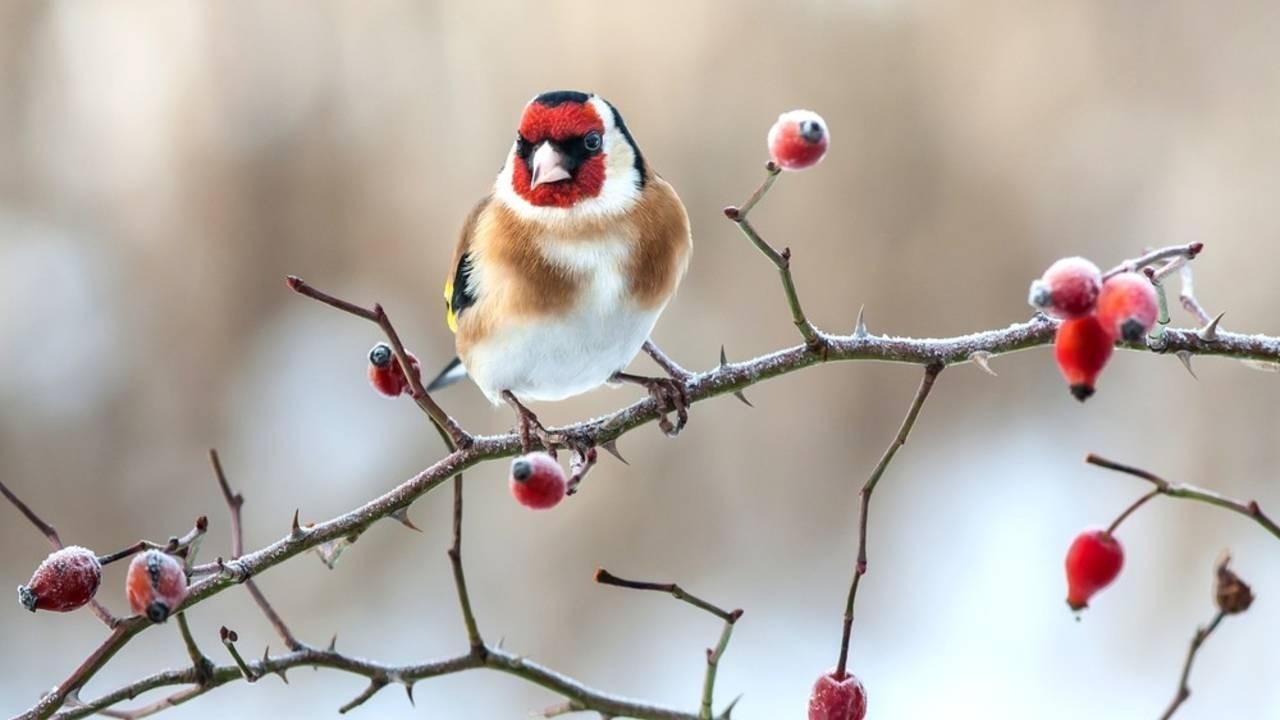
Around this time of year, many of us take part in traditions that bring us closer together and signal the start of the holiday season. Whether these traditions are unique to your family, workplace, community, or county, they have a way of bringing cheer and making this time of year special. Maybe this holiday season is the right time to add a new tradition to your list! The National Audubon Society hosts a Christmas Bird Count every year which can always use new volunteers!
This is Citizen Science!
It is a great way to spend time outdoors and contribute to citizen science - where everyday citizens can contribute their time and efforts to collecting information about the natural world. What a fun way to enhance your walk or family adventure by gathering information, contributing to research, and advancing science! The Christmas Bird Count is just such a program, and a really fun way to engage with birds during the winter.
The Christmas Bird Count is an early-winter bird census...
Saving the Big Cats in Africa
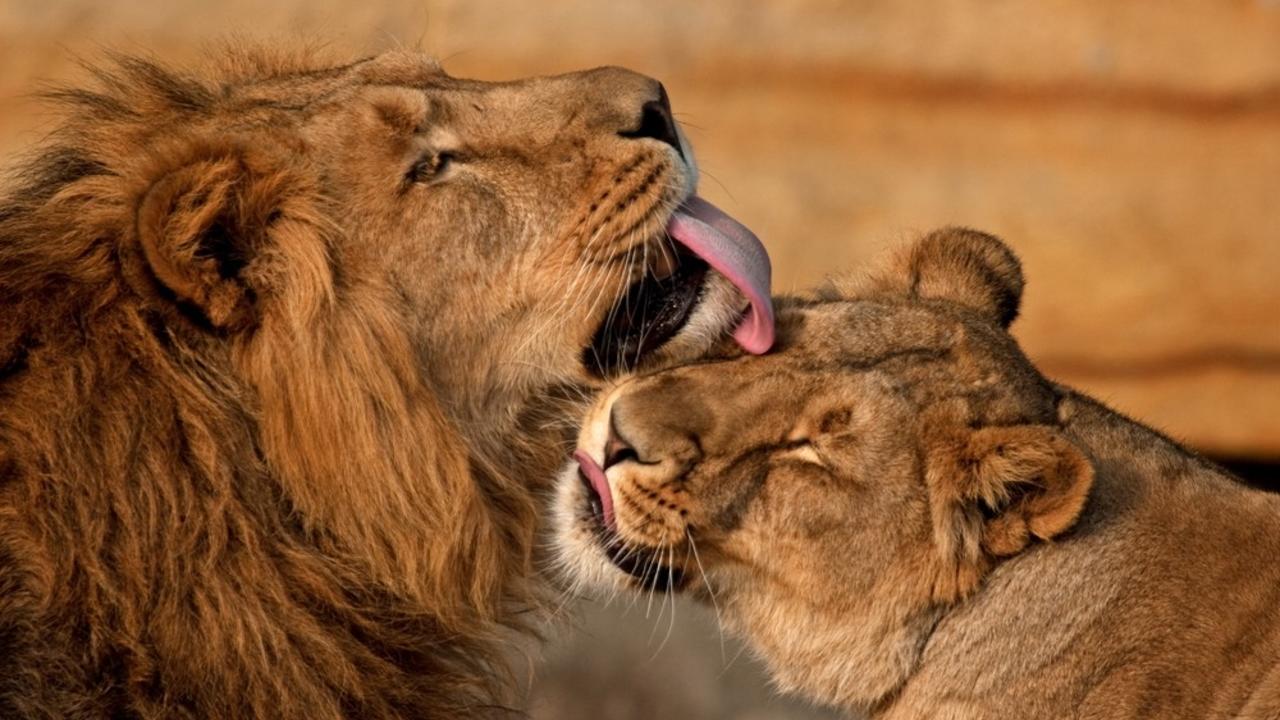
The continent of Africa has a reputation for its exciting wildlife. Animals such as rhinos, giraffes, zebras, elephants, and big cats, arguably the most majestic of them all, call this continent home. There are three species of big cats in Africa: the African Lion (Panthera leo), African Leopard (Panthera pardus), and the African Cheetah (Acinonyx jubatus).
Unfortunately, the existence of these feline species is being challenged by a variety of threats – most of which are caused by humans. The African Lion, Leopard, and Cheetah all have an IUCN (International Union for Conservation of Nature) status of “vulnerable,” meaning that their populations are rapidly declining, leading to expectations of entering “endangered” status.
Threats to big cat populations
The population declines of the African big cat species can be largely attributed to the fact that their habitats are being threatened. Growing human populations in Africa mean that there are more...
Green Salon Certification

What if there were a way to pamper ourselves with a haircut or other salon services without feeling guilty about the impacts on the environment? Well, now we can - and the salon owners and professionals also benefit from going green!
It is no secret that salons, whether they cater to hair, nails, or other personal care services, have a significant impact on the environment. With the wide variety of products, chemicals, packaging, and disposables that are used in the salon industry, it is easy to see how they contribute to environmental issues such as water use, pollution and waste production.
If you take a moment to think about it, it becomes obvious that there are significant environmental issues that are accompanied by these types of businesses. That being said, sometimes you may feel that it is necessary to visit a salon in order to receive a professional service. After all, the DIY haircut is not for everyone!
Luckily, there is a way that you as a customer can feel less guilty...
Buying Green Without the Greenwashing

Whether we like it or not, consumerism is a part of our lives that can’t entirely be avoided. Of course, there are things you can do to reduce the amount of stuff you purchase (reduce, reuse, recycle for example), there will be times where you have to buy things new. So, we want to be responsible consumers, but how do we know that what we are buying is truly green?
Whether you are purchasing a personal care product, groceries, or paper for your printer, there is a way to ensure that the items you choose are produced in a socially and environmentally responsible manner. Such items can be identified by their green product certifications! Green certification logos are displayed on product labels, allowing consumers to recognize which products adhere to their values.
Greenwashing
It is easy to feel overwhelmed when you are trying to decipher all the different labels, certifications, and claims that catch your eye when shopping. As eco-friendly products increase in popularity, so...
Climate Cuisine
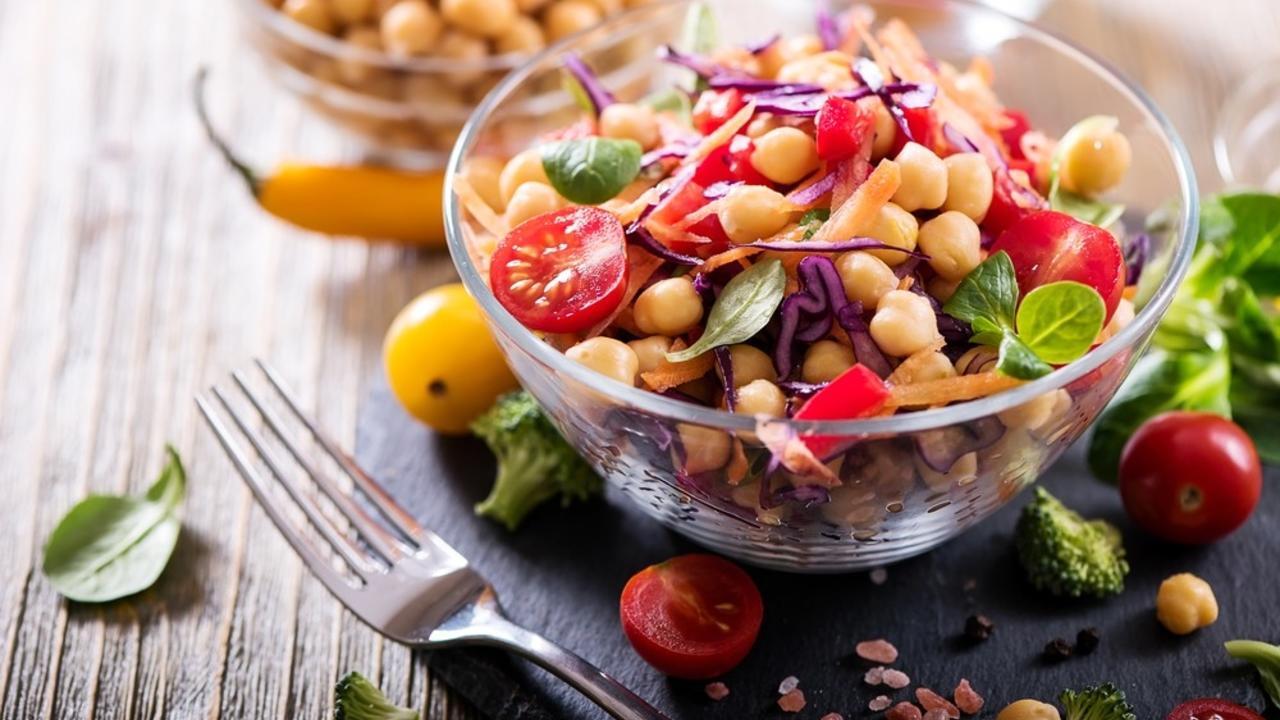
When you’re picking up food at the grocery store or farmer’s market, what influences your decisions about what food to buy? Some considerations you may be taking into account include the price, availability, taste, as well as environmental impact of the food item in question. As our climate continues to change, it is important to consider how our food choices impact the environment.
Environmental Impacts
Although something as small as choosing what to eat for dinner doesn’t seem like it would have a large impact, food is responsible for 26% of greenhouse gas emissions. There are four key elements that contribute to food emissions:
- Land use: significant amounts of land are required in order to grow crops and keep livestock. Agricultural land often displaces forests and grasslands, therefore resulting in loss of habitats and increased emissions.
- Crop production: the use of fertilizers, pesticides, and machinery emissions, and methane emissions from livestock...
Green Kids' Birthday Parties
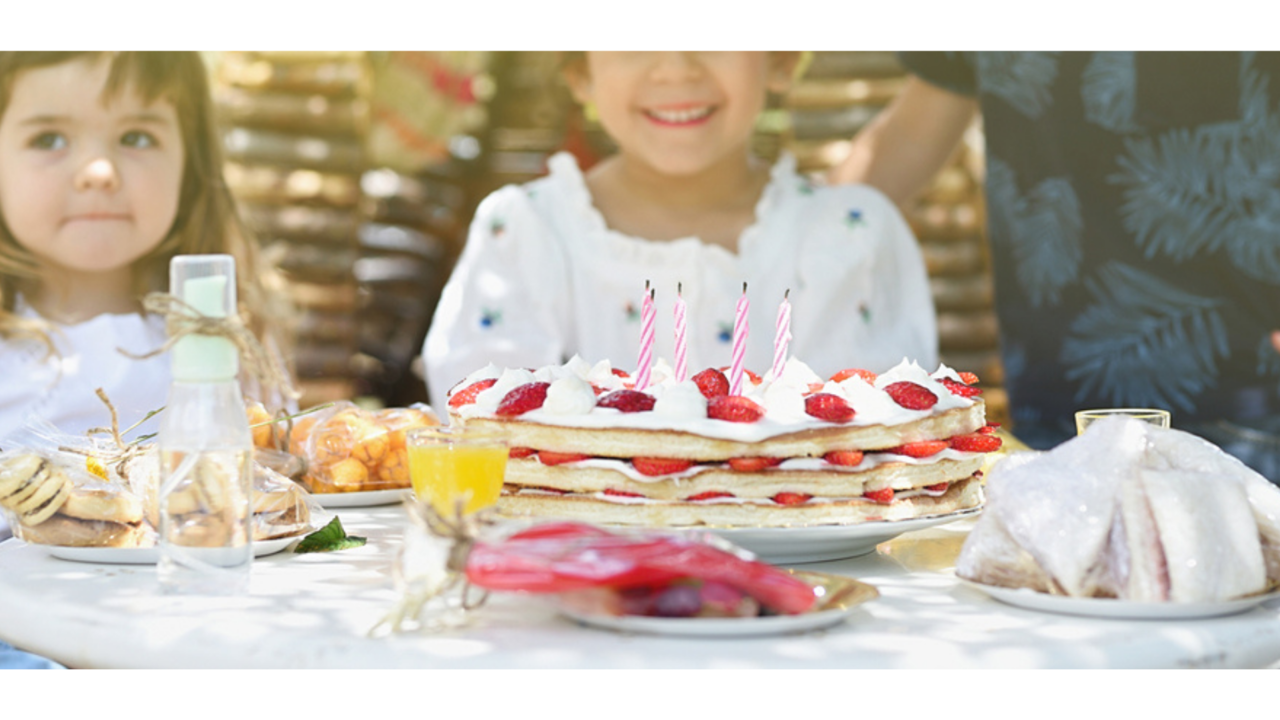
Celebrating a child’s birthday is an important marker of time and full of happy chaos! As much as we want to make these events special for the children that we love, the last thing we want to do is throw a party that leaves a legacy of waste. Of course, you love your child and want to protect their future, and throwing a green birthday party is a great way to start! It shows your child and their friends that you can celebrate as you live lighter on the earth.
Here I have rounded up some amazing ideas to get you started!
Think about a goal of Zero Waste and earth-friendly gifts and party favours. It can be unique and special to you and your child, and a really great way to leave a greener legacy for your child.
Let’s start with tackling Zero Waste
It doesn’t have to be any more difficult to host a party that has no waste. Once you are set up, it can be cheaper and easier than buying disposable dishes, cutlery, napkins, wrapping paper, decorations, etc. I purchased...
Green Doggie Waste Bags
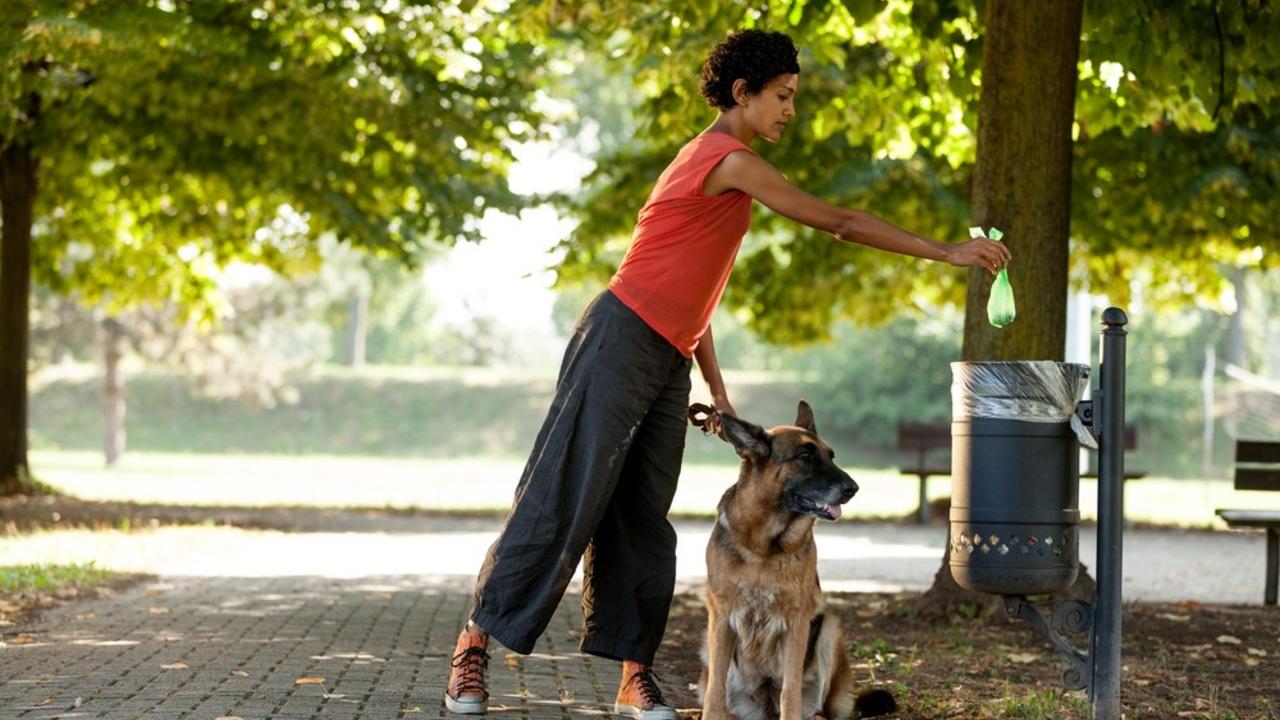
Yes, we do love our pets! And as a dog owner, I am sure that you are responsible on your walks and pick up after your beloved buddy. But what about the impact of that doggie waste bag? Are we destined to be adding more plastic to the landfill as responsible dog owners?
No, not at all! There are great alternatives in the form of compostable doggie waste bags!
Just because petroleum-based bags are common, doesn’t mean they are the only option. Although we use dog waste bags in order to clean up after our dogs and leave the environment cleaner and safer, we can do this without adding more plastic to the environment.
Compostable doggie waste bags
An earth-friendly alternative to petroleum based doggie waste bags are bags that are compostable. While many products are labelled as “biodegradable,” this term can often be tricky, as most materials will eventually break down in the environment over time. A product may be biodegradable but that doesn’t mean...
Freecycle

What to do with stuff that we no longer need? Chances are, you’ve been in this position before and have had to decide on the best course of action when it comes to getting rid of things you no longer need. Although the answer may seem straightforward to some, there are pros and cons associated with almost every method of disposal.
For example, while throwing out an item is the easiest and fastest option, it is usually the worst option for the environment and wasteful if the item is still in good repair. On the other hand, donating your things allows them to be used by others, but there’s a chance they will be sent to the landfill anyways if they don’t end up selling. Perhaps there is another alternative…
Freecycle
Freecycle is a grassroots and 100% non-profit network of people who are looking to give and receive stuff for free in their area. This movement works to ensure that good-quality and fully functioning items stay out of the landfill and service...
Compostable Take-Out Containers

Ordering take-out is a nice treat every now and then. Whether you are craving sushi from your favourite restaurant, wanting to support local businesses, or simply don’t feel like cooking, ordering take-out can make your meal just a little more exciting. Additionally, ordering food to go is a great way to support your favourite restaurants while staying safe during the COVID-19 pandemic. Despite how much you enjoy the food you order; do you ever feel guilty about the plastic or Styrofoam containers your food comes in?
Environmental dangers of plastics and Styrofoam
Plastics, especially single-use plastics, have a significant impact on our environment. Many plastics cannot be reused or recycled, therefore ending up in landfills, waterways, and habitats. These plastics are unable to decompose and can only break down into microplastics through the process of weathering and sun exposure. These tiny pieces of plastic can be harmful to wildlife and humans, as they end up in their...

